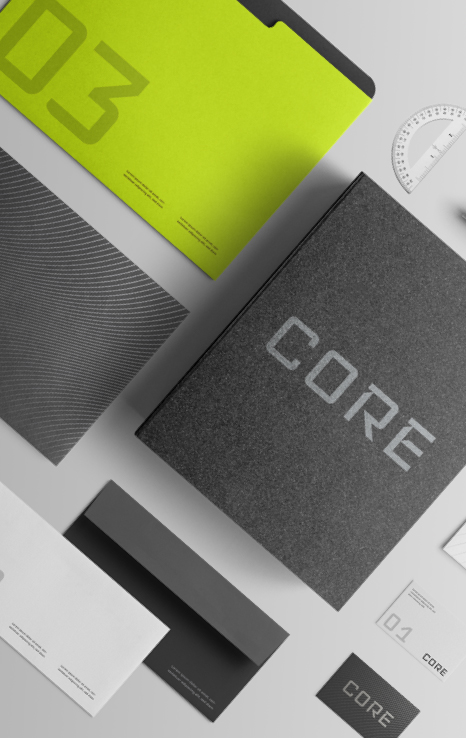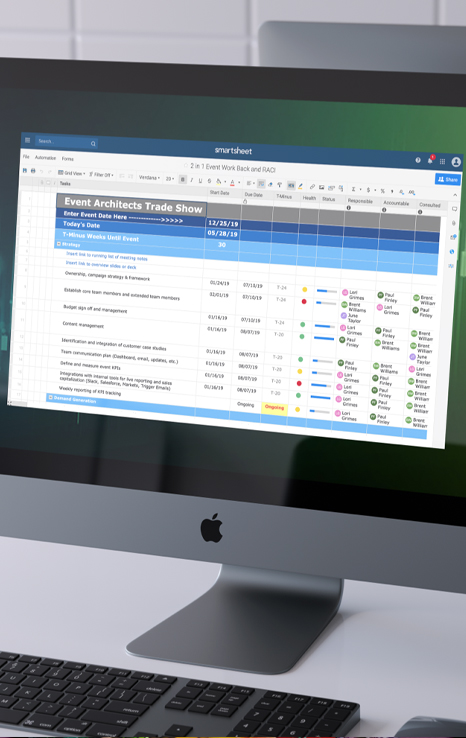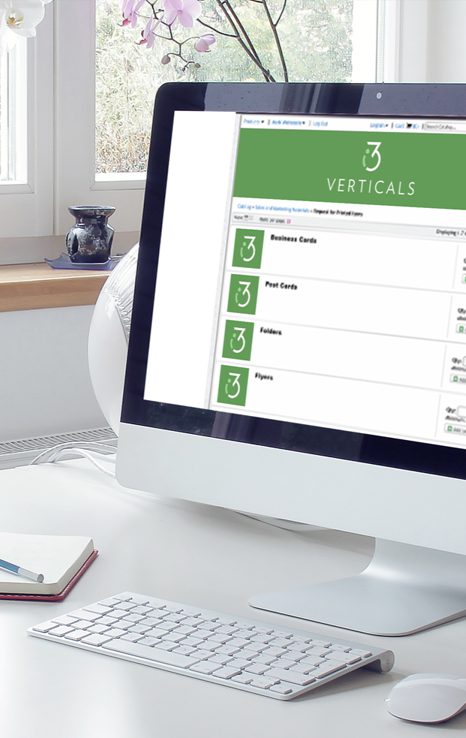When it comes to signage, it is all pretty much the same, right? Not at all. Signs and environmental graphics do more than just provide information. From retail storefronts to corporate environments, campuses, and beyond, signage is pivotal in branding, messaging, enhancing visibility, and more.
Let’s explore the different types of printed signage and how they can be used.
1. Event Signage
Events are about creating memorable experiences; event signage is pivotal in setting the stage. When you enter an event with bold, strategically placed signage, branding is reinforced. It is more memorable. Types of event signage include banners, directional signage, backdrop displays, and floor graphics.
Tip: Use the same colors and brand themes in your postcards and email communications before the event to build brand recognition.
2. Wayfinding Signage
In large venues or complex facilities, clear, high-contrast wayfinding signage is essential for helping people navigate. Wayfinding signage includes directional signs, map displays, floor graphics, and ADA-compliant signage.
Tip: Don’t skimp! Clear, well-placed wayfinding signs and graphics can distinguish between visitors having a frustrating experience or a great one.
3. Outdoor Signage
Outdoor signage is often the first interaction customers have with a business. It should be big, bold, and easy to notice. Examples include monument signs, pylon signs, vehicle wraps, sidewalk signs and wall murals.
Tip: Optimize type size and resolution for viewing distance. (Ask us how!)
4. Marketing Signage
Retail signage is the storefront’s face and voice, capturing attention and inviting customers inside. This includes storefront signs, window graphics, aisle signs, and point-of-purchase (POP) displays.
Tip: Keep the design simple and choose contrasting colors that stand out from the colors in the retail setting.
5. Environmental Signage
Environmental graphics and branding are essential for businesses. This includes office lobby signs, interior branding graphics (signage throughout the office space that reinforces brand identity), window (glass) graphics and raised or 3D letters used for branding and interior décor.
Tip: Ensure that your environmental graphics align seamlessly with your brand guidelines. Consistency in design elements, colors, and messaging across all signage reinforces a strong and cohesive brand image.
In essence, signage is a potent tool that transcends mere information delivery. Designed around the human experience, experiential graphics and signage create a lasting impression, establish consistency, and promote engagement. Whether through the captivating allure of event signage, the navigational prowess of wayfinding signage, the attention-grabbing nature of outdoor signage, the persuasive charm of marketing signage, or the corporate identity reinforcement of environmental graphics, each type contributes to a rich tapestry of positive touchpoints. Executed holistically, these diverse forms of signage communicate essential brand information, ensuring that brand assets, messaging, and values permeate through a variety of experiential dimensions, leaving an indelible mark on the audience. The power of signage, when harnessed effectively, is not just informative; it’s transformative, creating a seamless and immersive journey for those who encounter it.




































